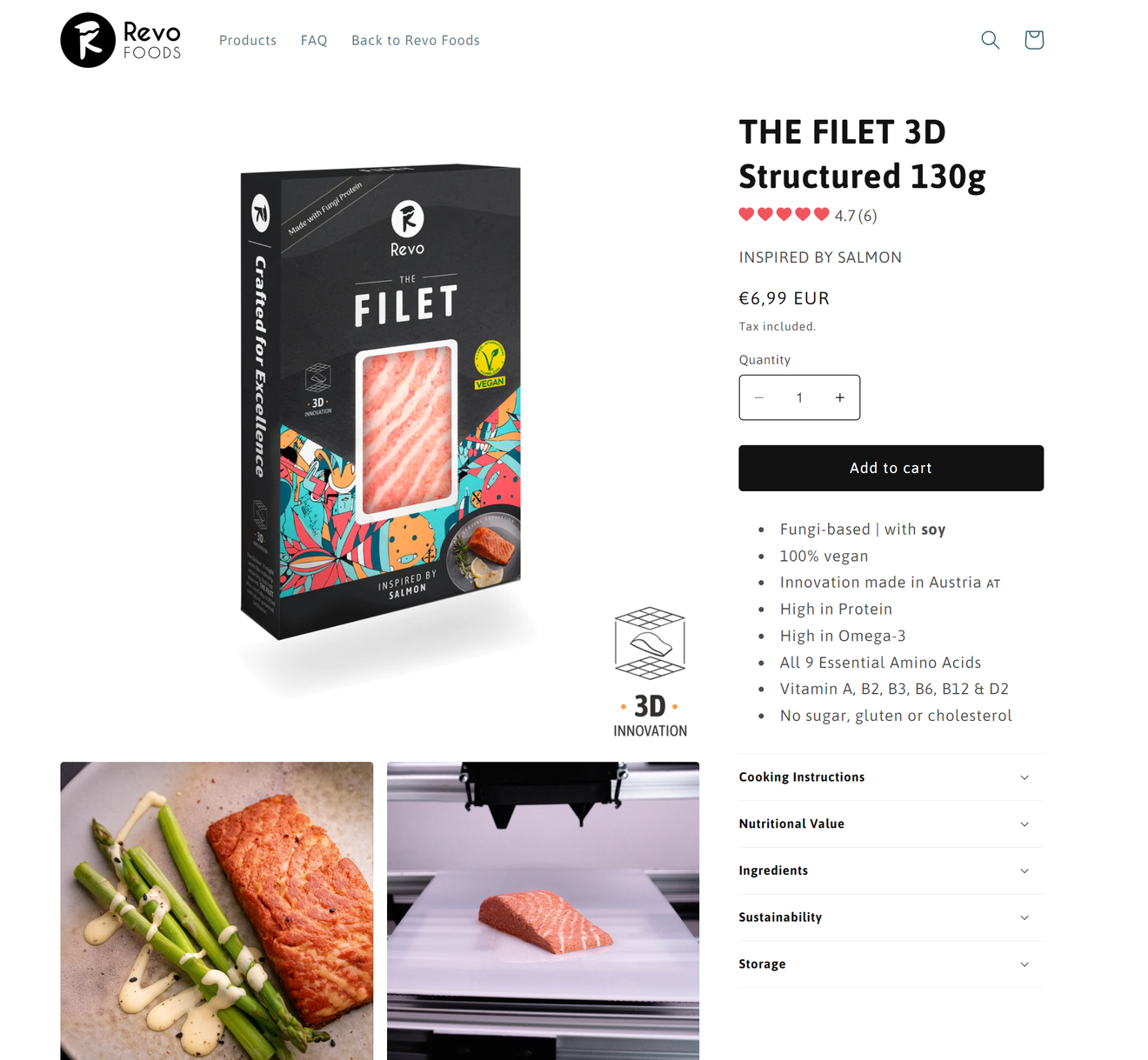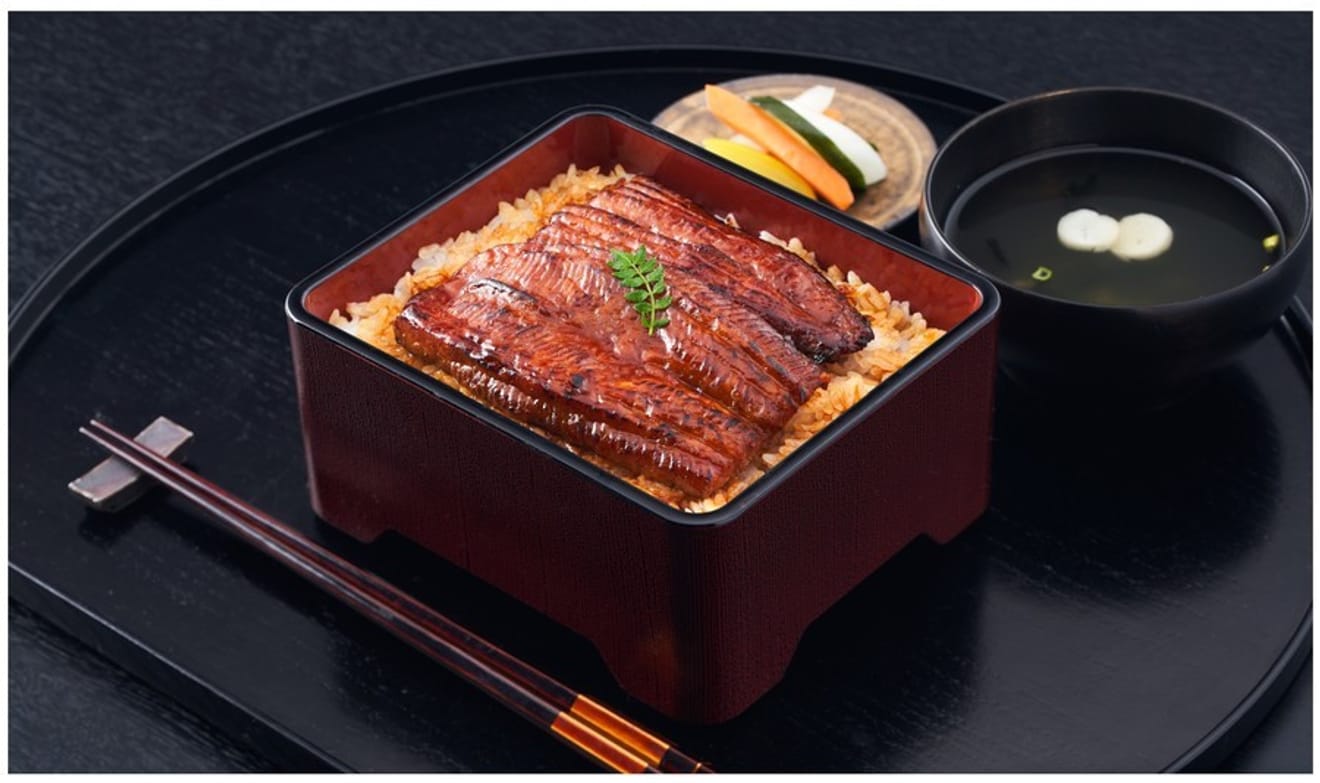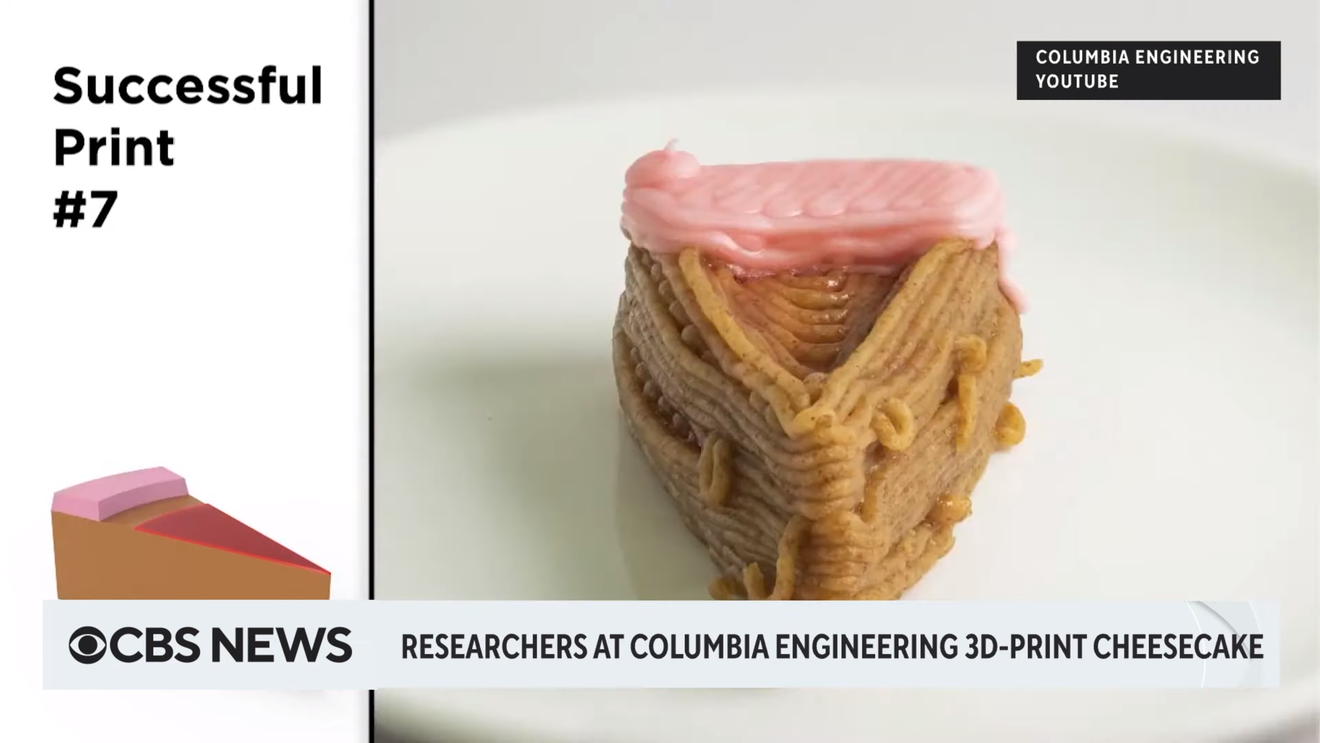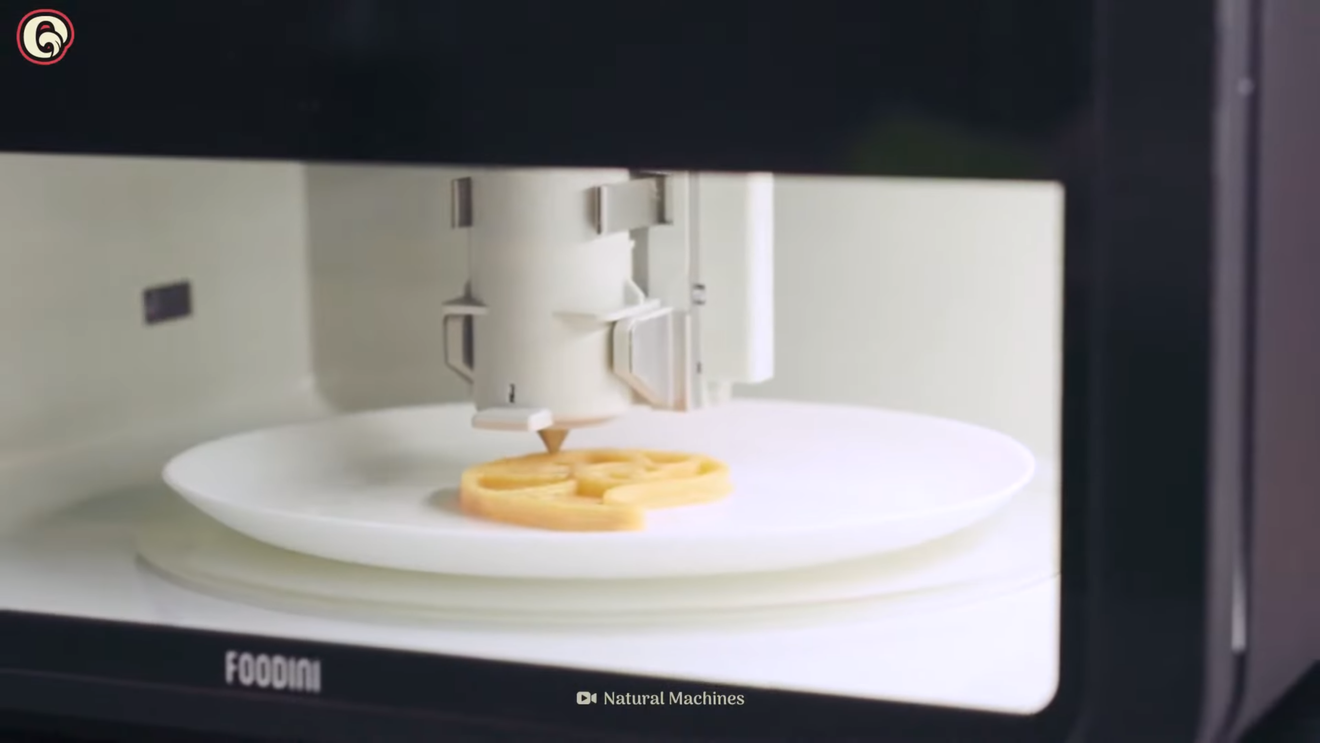Subject
- #Alternative Meat
- #3D Food Printing
- #Vegan
- #Alternative Food
- #3D Printed Plant-Based Meat
Created: 2024-01-22
Created: 2024-01-22 17:11
With veganism becoming a trend these days, plant-based meat made using 3D printers is gaining attention.

Revo Foods webpage capture
Austrian food company Revo Foods has launched plant-based salmon made with a 3D printer. Made with soybeans, this plant-based salmon contains protein and omega-3, and is free of sugar and gluten, making it suitable for people with gluten sensitivities and diabetics.

Nissin Foods
This isn't the only example of alternative meat using 3D printers. Japanese food company Nissin has also launched an eel rice bowl using plant-based eel. People who have tried Nissin's plant-based eel rice bowl have praised it for successfully recreating the unique flavor of grilled eel, overcoming the preconception that 'plant-based alternative meat lacks flavor'.
The impact of meat consumption on the environment is also drawing attention amid the worsening climate crisis. Significant amounts of greenhouse gases are emitted during the processes of raising livestock, processing, and transporting meat. Global meat consumption is also increasing every year, leading to the perception that meat consumption is a major contributor to accelerating the climate crisis.
Meat consumption also causes biodiversity issues. Many animals have become endangered due to hunting for meat consumption. The plant-based eel rice bowl mentioned earlier was also developed for this reason. Nissin Foods mentioned that Japanese eel is listed as an endangered species as the purpose of their research for the plant-based eel rice bowl.

CBS News YouTube channel ‘Columbia University engineers 3D print edible cheesecake’ video capture
3D food printing not only helps protect the environment but also benefits individuals with dietary restrictions. Researchers at Columbia University in the United States have unveiled a cheesecake created with a 3D printer using edible ink. The researchers stated that the 3D-printed cheesecake, which has a softer texture than a regular cheesecake, could be a great help for patients with dysphagia. These 3D-printed foods, which are similar in taste to traditional foods but with different ingredients, are expected to become popular food options for patients with various dietary restrictions due to health reasons. Alternative meat is beneficial for those who choose to avoid meat for environmental reasons, but it can also be a great help for people who are unable to eat meat due to health issues.

Origins of Food YouTube channel ‘Is 3D Printed Food the Future?’ video capture
The 3D food printing industry is expanding. Initially limited to a few food items, 3D food printing is now creating alternative meat and even seafood, which has been considered challenging to replicate with 3D printers, paving the way for a new future.
However, one drawback is the price. Inevitably, it's likely to be more expensive than foods made using animals raised or caught in large quantities. Moreover, people's perception of the taste of alternative meat also needs to improve.
If 3D-printed alternative meat becomes more widely adopted, it is expected to reduce environmental pollution caused by meat consumption and contribute to ecological conservation by protecting biodiversity. Alternative meat, which also offers positive health benefits, is hoped to become more commonplace with the advancement of 3D printer technology.
Comments0